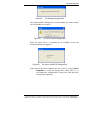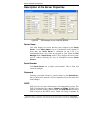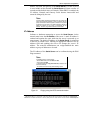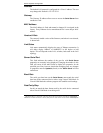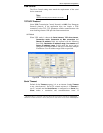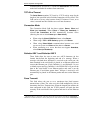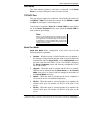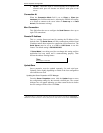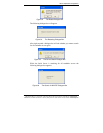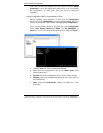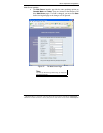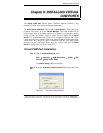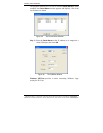
Server Properties Configuration
Manual Documentation Number: ESP901-902_0508m Chapter 5 37
B&B Electronics Mfg Co Inc – 707 Dayton Rd - PO Box 1040 - Ottawa IL 61350 - Ph 815-433-5100 - Fax 815-433-5104 – www.bb-elec.com
B&B Electronics Ltd – Westlink Commercial Pk – Oranmore, Galway, Ireland – Ph +353 91-792444 – Fax +353 91-792445 – www.bb-europe.com
Port Status
This field indicates whether a serial port is connected via the Serial
Server
to a virtual COM port of a device on the network.
TCP/UDP Port
This sets the port number for connection. The default port number for
the ESP901 is 4000. The default port numbers for the ESP902 are 4000
and
4001 for serial ports 1 and 2 respectively.
In all modes of operation,
Direct IP or Virtual COM, the port number
set in the Server Properties menu must match the Virtual COM or
socket software port settings.
N
N
o
o
t
t
e
e
:
:
Example: The Virtual COM default setting is TCP/UDP Port 4000. If
the port # property is changed to 4001, the virtual COM port will have
to be changed to 4001. The hardware settings can be changed from
the ESP Manager or Console Configuration Menu. The Virtual COM
port setting also can be changed within the Device Manager of the
computer on which it is installed.
Serial Port Mode
Serial Port Mode allows configuration of the serial server for the
following modes of operation:
•
Console – When this mode is selected and the server is updated, a
PC running a communications program such as HyperTerminal can
communicate with the
Serial Server via the Console Mode serial
port (the serial Port on ESP901 or Port 1 on ESP902), displaying
the
Server Properties screen and allowing configuration of the
server and its ports.
•
Upgrade – When this mode is selected and the server is updated,
firmware can be uploaded into the
Serial Server via the Console
Mode serial port or a virtual COM port mapped to the number of
the Console Mode serial port.
•
Default – When this mode is selected and the server is updated, it
will revert the server to its default configuration.
•
RS-232 – When this mode is selected and the server updated, the
selected serial port will become an RS-232 serial port on the
server.
•
RS-422 – When this mode is selected and the server updated, the
selected serial port will become an RS-422 serial port on the
server.



